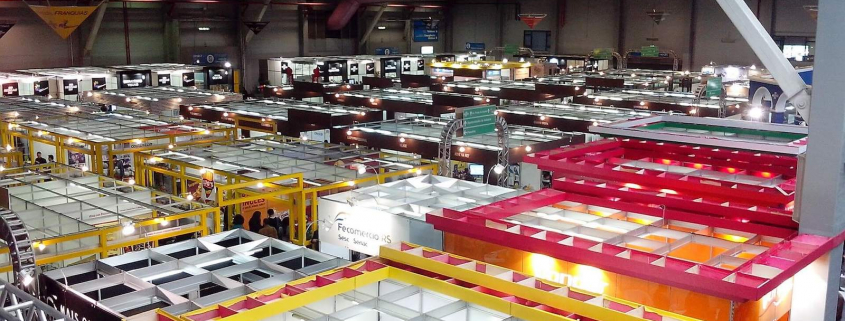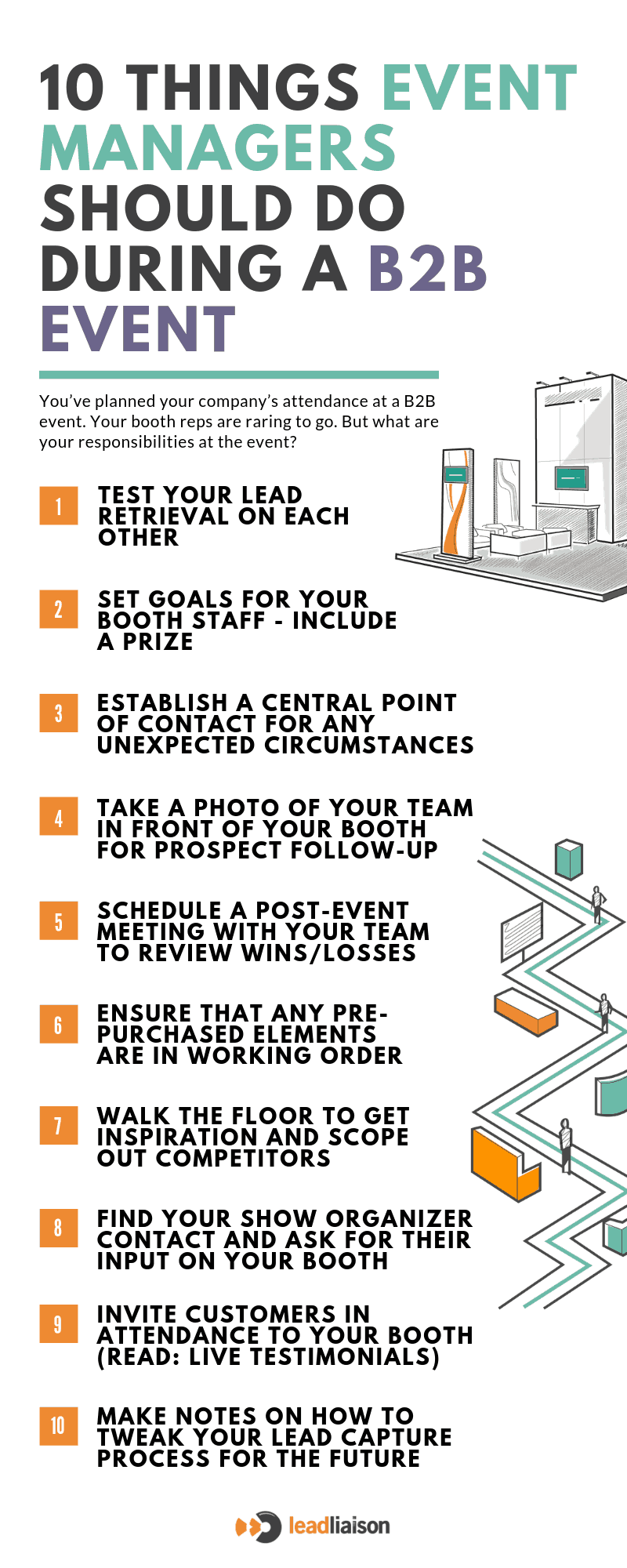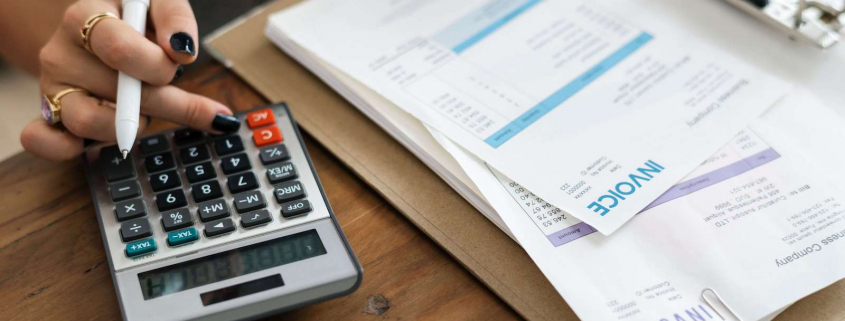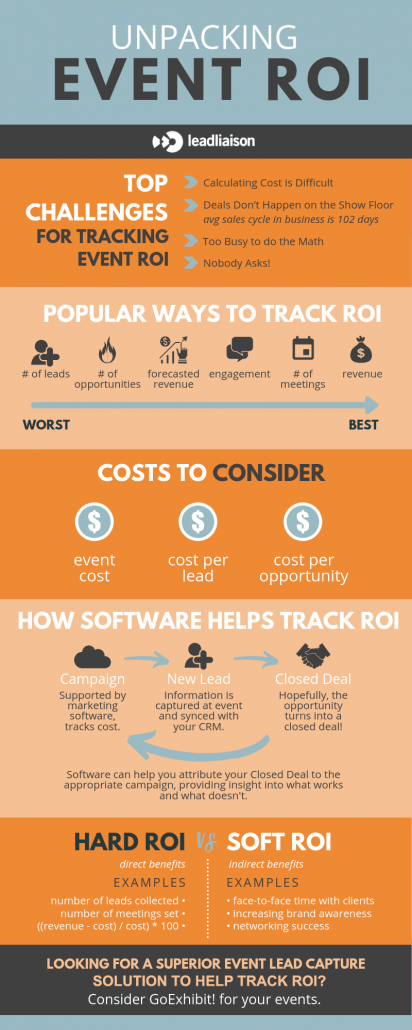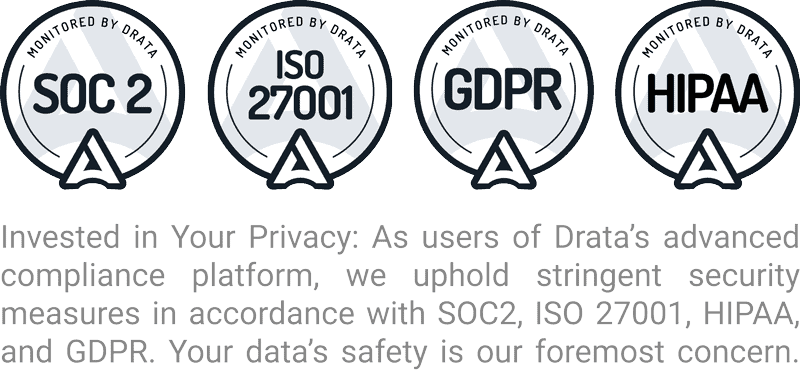Here’s Why You Should Consider Text Message Marketing in Your Post-Show Follow-Up
Thinking about how you will manage your post-show follow-up, after a trade show or other marketing event, is a critical step in finding success with event marketing.
There are several methods of communication that you’ll probably consider using in your follow-up, but have you considered text messages?
Text Message Marketing in Post-Show Follow-Up
You want an omnichannel approach before, during, and after the trade show. In addition to email marketing, you want to harness the power of social media. You should consider the often-overlooked channel of direct mail marketing. And here’s a channel you might not have thought about—text message/SMS marketing.
Used wisely as part of your well-provisioned “marketing toolbox”, before and during the event, and as part of your post-show follow-up, text message marketing can help you reap major dividends.
Before your trade show, text/SMS marketing can help you build name recognition for your brand, not to mention the kind of curiosity and anticipation that guarantees attendees will gladly go the extra mile at the show to seek you out and discover more about what you can do for them.
When you are at a trade show, you can use text messages to notify attendees of agenda items you do not want them to miss, like an after-hours party you are hosting, or an intriguing product demo that will answer many of their questions and lead them to eagerly engage with you and go further into your pipeline. You could also send a text blast to announce a drawing or fun contest you are hosting.
How About After The Trade Show?
After an event, life for them, and you, is hectic. You are back at work. You are trying to get back into a normal routine. So are the leads you met at the trade show. At this point, you are at a marketing “fork in the road”. They have a lot on their minds and their plates. They could get distracted and easily forget about you. You could get complacent and forget to follow up with them.
This scenario happens a lot. Many marketing and sales teams struggle with post-show follow-up; their lead generation and nurturing efforts fizzle out. Please don’t let that be the case for you and your team. You have put in too much time, effort and financial investment to not enjoy a substantial return.
You captured the leads. You and your staff met many of them face-to-face. It’s critical that you now build Top of Mind Awareness (TOMA) and nurture them with an omnichannel post-event follow-up campaign. Text message marketing can help you.
A Huge Benefit Of Text Message Marketing!
With almost any marketing initiative or channel, you face a big challenge: it’s difficult to grab and keep your audience’s attention. It can be a major uphill battle to get your busy, distracted leads to stop what they are feverishly doing, focus their limited attention on your message, open and read it.
Text message marketing helps you overcome this challenge. Think about it. When they receive a text, almost everyone stops what they are doing, opens it up and reads it immediately. I do this. Chances are you do too. The engagement rate with text messages is off the charts. The open rate for SMS marketing messages is huge – as much as 82%!
What other marketing channel has that kind of open rate? As effective as they are, certainly not email or direct mail.
Bottom line: your post-trade show text message is very likely to get opened. And if it gets opened, it’s likely to get read. And if it gets read, assuming you wrote it well (more on this in a moment), it’s likely to help your post-show follow-up by leading to a conversion where the reader takes the step you want them to take.
Text Message Marketing Use Cases. The Sky Is The Limit!
There are a multitude of potential use cases for text message marketing. You can notify your subscriber list of your latest blog article. You can send a Happy Birthday greeting. You sales team can send reminders of upcoming scheduled phone calls…
You are limited only by your imagination!
To show you that we “practice what we preach”, here is an example of how Lead Liaison recently harnessed the power of text message marketing as part of our post-show follow-up.
At a recent trade show, we asked our new leads if they were comfortable sharing their mobile phone numbers with us. 90% said “Yes”.
We told them to expect a text message that would include their Lead Liaison Representative’s contact information, so they could save it in their phones, in case they thought of more questions after our in-person conversation.
On the backend, our post-show follow-up included a text message, personalized with the lead’s first name. That text was triggered within minutes of submitting our lead capture form, meaning that we were most definitely the first to follow up with them.
Avoid “Shiny Object” Syndrome
This is true for any marketing channel or tool, including text/SMS: don’t use it just because “it’s cool”, or “it’s popular and everyone else is using it”. Plan out your marketing strategy and objectives. Then plug in the tools to help you reach those objectives. There’s a great likelihood that text message marketing should be one of those tools; after a trade show, and in general, it can be a valuable part of your lead capture and nurturing efforts.
A Couple Of Text Message Marketing Best Practices
Although a detailed explanation is beyond the scope of this article, it’s important that you follow all relevant laws and regulations related to text message marketing. Don’t spam anyone. Only market to those who have specifically given you permission to. And make it super-easy for them to opt-out of receiving your messages.
Even though your text message is likely to get opened, it won’t get the response you want unless you follow good copywriting and content marketing practices. So make your text personal. Use the word “you”. Make your message “conversational” and lively, not stiff, formal and “corporate”.
When they are reading your text, readers are wondering “What’s In It For Me?”
So tell them what’s in it for them. Tell them how they stand to gain by clicking the link in your message. Keep it brief, and build curiosity in your readers’ minds and hearts; use the text to “sell the click”, that is to persuade them to click through to a landing page or website where you can include a lot more copy and marketing content.
Do You Want To Win At Text Message Marketing? Lead Liaison Can Help You!
Are you beginning to see how text message marketing can boost your lead generation and nurturing results before, during and after your trade show? Do you want to take full advantage of this powerful marketing channel to help you gain more leads and sales from your next event?
Lead Liaison can help you. We offer text messaging automation through our drag-and-drop, cloud-based interface. So when you are looking to a text message marketing platform that is super simple to use, turn to us. We will help you create new possibilities and opportunities as you pursue success with trade show lead generation!

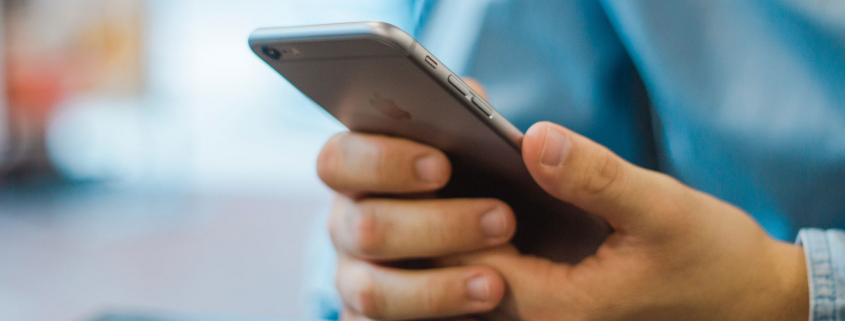

 Dallas, Texas – Ever since Lead Liaison launched their
Dallas, Texas – Ever since Lead Liaison launched their 
